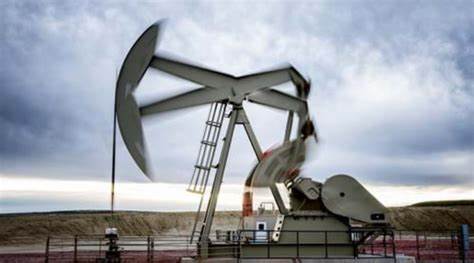Oil & Gas
ASIA PACIFIC'S UPSTREAM OIL AND GAS MARKET SET TO HIT $1.97 TRILLION AMID ENERGY BOOM.
JUMA SULEIMAN

Geopolitical Perspective
Asia-Pacific’s upstream oil and gas expansion is reshaping the region’s geopolitical influence in the global energy landscape. As traditional energy hubs face supply constraints and geopolitical tensions, countries like China, India, Indonesia, and Malaysia are strengthening domestic exploration and production to reduce reliance on imports. Deepwater discoveries and LNG infrastructure projects, especially in the South China Sea and offshore Australia, are positioning the region as a strategic energy anchor. This growing energy independence enhances national security and regional leverage in global negotiations, especially as the world transitions from fossil fuels to cleaner alternatives.
Business Strategy
Driven by rising demand and the need for supply resilience, companies across Asia-Pacific are aggressively investing in upstream assets and technologies. Major energy players are ramping up deepwater drilling, enhanced oil recovery (EOR), and unconventional gas projects such as shale and tight gas. Governments are also offering more flexible licensing policies and fiscal incentives to attract foreign direct investment. Countries like India are promoting public-private partnerships under policies like the Hydrocarbon Exploration and Licensing Policy (HELP), while Petronas, CNOOC, and ONGC are expanding LNG portfolios and global supply routes to future-proof their business models.
Economic Outlook
The sector’s growth from $1.53 trillion in 2024 to a projected $1.97 trillion by 2030 reflects strong regional momentum. This expansion supports job creation, energy infrastructure development, and GDP contribution, particularly in emerging economies. As industrialization and urbanization surge, upstream oil and gas remain central to meeting baseload power and transportation needs. Additionally, the pivot to natural gas as a transition fuel is catalyzing long-term investments in LNG terminals and pipeline networks. However, fiscal uncertainty and regulatory inconsistency still pose challenges to maximizing economic returns, underscoring the need for streamlined reforms and investor-friendly frameworks.
